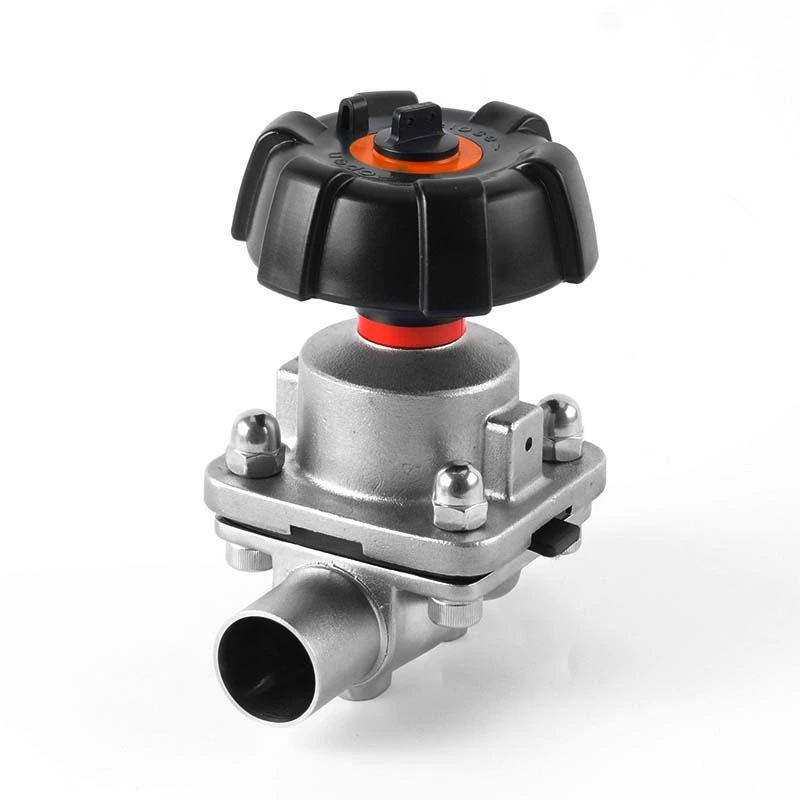Working Principle And Installation Of Aseptic Diaphragm Valve
Sanitary Diaphragm Valve is an aseptic diaphragm valve that can be remotely operated by a pneumatic head or manually operated by a handle. It is very suitable for the control and opening/closing tasks of pipeline fluids. In recent years, the quality and purity of food and medicine have been significantly improved. The sanitary pneumatic diaphragm valve with strict system and relaxed environment plays an important role in this. The birth of sanitary pneumatic diaphragm valve makes today's processing purer than 40 years ago. The valve is widely used in sanitary brewing, dairy products, beverages and other food industries as well as in the pharmaceutical field under aseptic conditions. Sanitary pneumatic diaphragm valves are also used in ultra-pure media in the microelectronics industry, such as high-purity chemicals. Different types of valves can be used for: ultrapure water (water for injection), ultrapure chemicals, biopharmaceuticals, finished products and semi-finished products in food processing and chemical industries. The high-tech design makes the valve both hygienic and durable.
This diaphragm valve has good controllability. It can meet all requirements in the field of aseptic and ultra-hygienic processing. Widely used in the pharmaceutical, biopharmaceutical, ultrapure, microelectronics and fine chemical industries.
1. Working principle of aseptic diaphragm valve:
1. The close fit between the valve body and the diaphragm provides the valve body seal and the valve seat seal, ensuring that the inside of the pipeline is completely isolated from the external environment, so the valve is suitable for aseptic processes.
2. The opening and closing of the sanitary pneumatic diaphragm valve is achieved by the up and down movement of the valve stem. When the valve stem is in the upper position, the spherical diaphragm moves upward and downward, driving the valve core to bend the diaphragm, forcing the diaphragm to close to the valve seat area, closing the path to the pipeline fluid.
3. The valve can be operated pneumatically, manually, or controlled by an intelligent controller.
2. Installation of diaphragm valve:
1. Before installing the diaphragm valve, carefully check whether the operating conditions of the pipeline are consistent with the specified range of use of this valve, and clean the inner cavity to prevent dirt from blocking or damaging the sealing components.
2. Do not apply grease or oil to the lining layer and the rubber diaphragm surface to prevent the rubber from swelling and affecting the service life of the diaphragm valve. 3. Or the transmission mechanism, it is not allowed to be used for lifting, and collision is strictly prohibited. 4. When operating the diaphragm valve, auxiliary levers must not be used to prevent excessive torque from damaging the drive components or sealing parts. 5. The valve should be stored in a dry and ventilated room. Stacking is strictly prohibited. The two end channels of the stored diaphragm valve must be sealed, and the opening and closing parts should be in a slightly open state.
